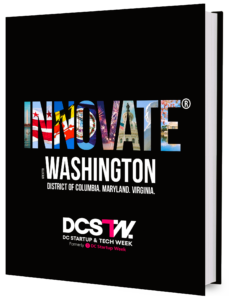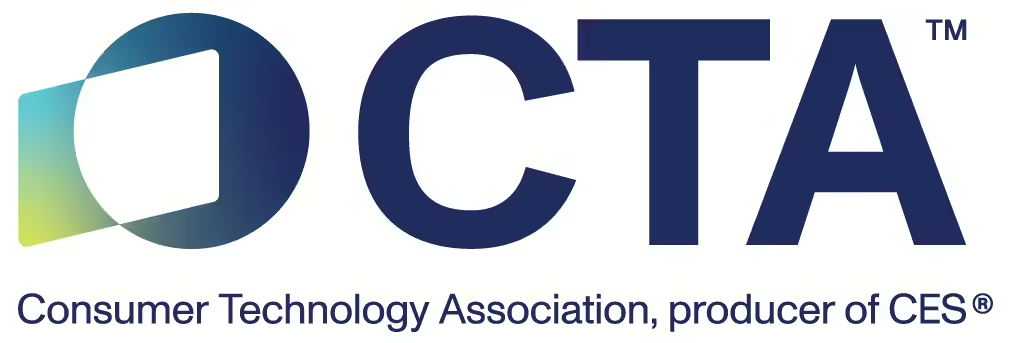Innovation isn’t just a buzzword. It’s a way of life, a tool that shapes our world, and a mindset that fosters resilience. I believe in this principle so deeply that the Consumer Technology Association’s (CTA)® townhouse on Capitol Hill is known as “Innovation House,” and we have my favorite phrase, “Innovate or Die” emblazoned in giant letters on the wall. After over four decades in the tech industry, including over three decades as head of CTA, I’ve realized that innovation isn’t just about making changes; it’s about embracing the unknown, learning from your experiences, and being willing to pivot and shift direction when necessary.
I’ve had my fair share of pivots, starting with my unexpected path to Georgetown Law School. After arriving in Washington, D.C., as a new law student with no money, I took a job at a congressional office. That job led to a position at a law firm, and, eventually, to CTA, a trade association that fascinated me with its dynamic trade shows. The excitement of seeing companies show their innovations side-by-side was unparalleled. Over the years, I watched CTA grow from 40 members to over 1300, turning our trade event, CES®, into the largest of its kind worldwide.
In both business and life, I’ve learned that a rigid plan can be a hindrance. You need to be flexible, listen to feedback, and adjust accordingly. This philosophy is at the heart of my book, “Pivot or Die.” Businesses rarely start with a perfect idea. Instead, they evolve through constant iteration and adaptation. That’s why I always tell the companies exhibiting in Eureka Park, our home for startups at CES, that they should be open to feedback that transforms their understanding of what their product or service is or could be. The same principle applies to personal decisions—whether it’s a job, education, or life choices, the key is to learn and adapt.
I’ve seen firsthand that pivoting is crucial. Life throws curveballs, and the ability to pivot can turn challenges into opportunities. Just look at the impressive pivots from companies like Delta, Best Buy, and Uber during the COVID-19 pandemic. (I recount these and dozens of other examples of pivoting in the tech world in “Pivot or Die.”) Pivoting isn’t just about reacting to change; it’s about anticipating it and embracing it as a proactive strategy. The most successful people and organizations pivot ahead of the curve, turning potential setbacks into opportunities. This mindset has kept me ahead in the fast-paced tech industry and driven my personal growth. Everyone should adopt pivoting as a core principle to navigate life and business with agility, transforming challenges into pathways for success.
For anyone navigating their journey, remember that every step and pivot brings you closer to your true path. Stay curious, embrace change, and never stop learning or asking questions.














